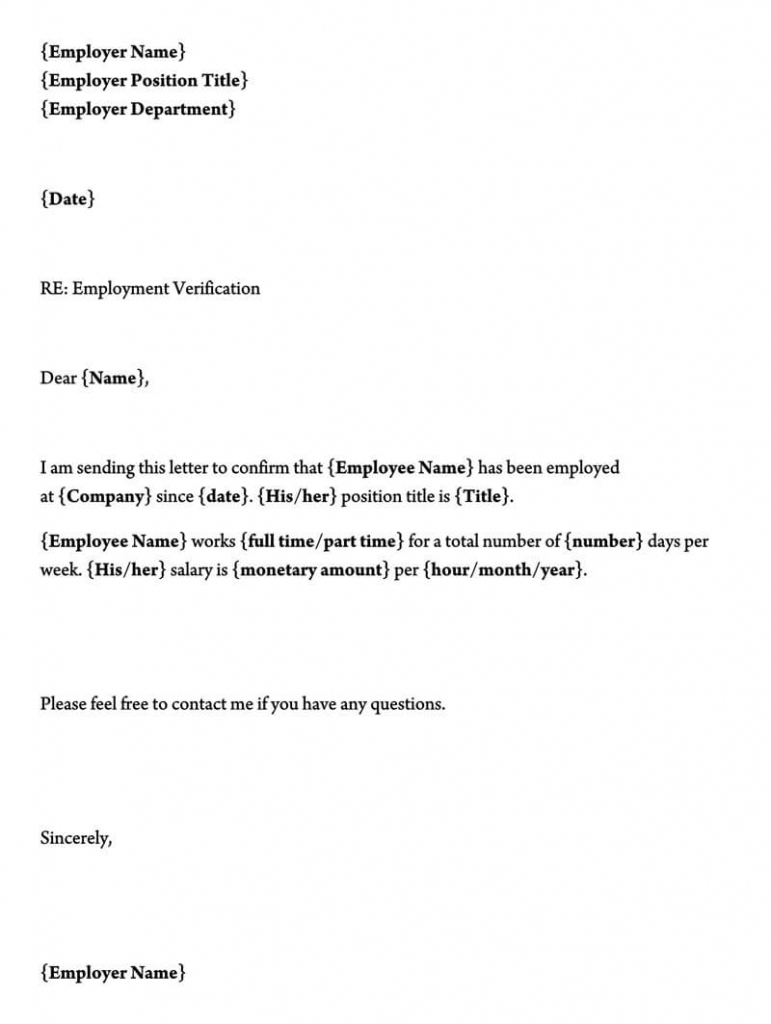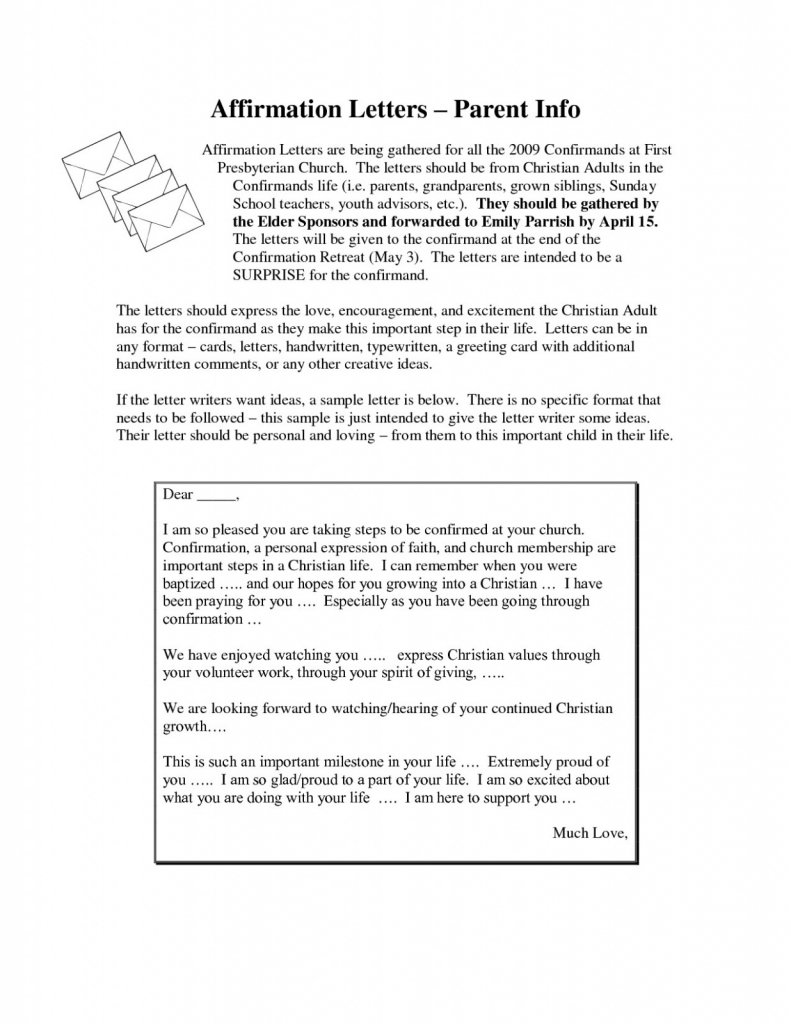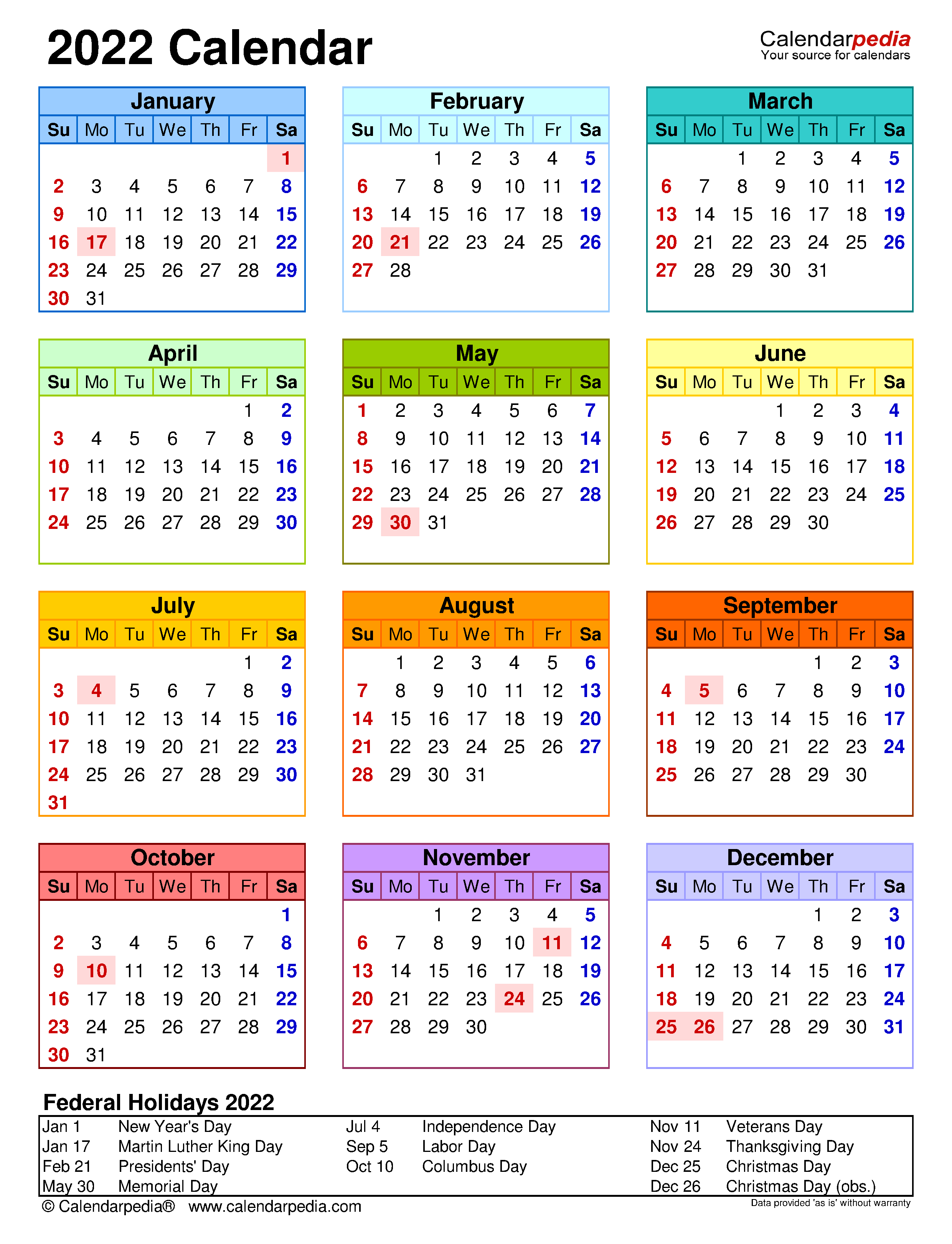What is a letter heading in a letter?
A letter heading in a letter is the information at the top of the page that identifies the sender and recipient of the letter. It typically includes the date, the sender’s name and address, and the recipient’s name and address. This information is important because it helps to identify the specific person and company the letter is intended for and shows respect and professionalism.
The heading of a formal letter typically includes the sender’s address and the date, followed by the recipient’s address. It is usually aligned to the right or center of the page. For example:
Sender’s Address
Date
Recipient’s Address
If the letter is being sent by mail, the sender’s address is typically included in the top left corner of the page, followed by the date aligned to the right or center. The recipient’s address is then included below the sender’s address, aligned to the left.
Here is an example of the heading of a formal letter:
Jane Doe
123 Main Street
Anytown, USA 12345
December 7, 2022
John Doe
456 Park Avenue
New York, NY 10001
In some cases, the sender’s address and the date may be included in the letterhead, which is typically located at the top of the page. The letterhead may also include the sender’s name, logo, and contact information. The recipient’s address is then included below the letterhead, aligned to the left.
Here is an example of the heading of a formal letter with a letterhead:
Jane Doe & Associates
123 Main Street
Anytown, USA 12345
December 7, 2022
John Doe
456 Park Avenue
New York, NY 10001
In general, the heading of a formal letter should be clear and concise and should provide all the necessary information for the recipient to identify the sender and respond to the letter.

How do you write a heading in a formal letter?
To write a Heading in a Formal Letter, you should include the following information: the date, the recipient’s name and address, and the sender’s name and address. This information should be formatted as follows:
Date:
Recipient’s Name
Title
Company
Address
City, State Zip Code
Sender’s Name
Title
Company
Address
City, State Zip Code
For example:
December 07, 2022
Mr. John Doe
President
XYZ Corporation
123 Main Street
Anytown, USA 12345
Ms. Jane Smith
Director of Operations
ABC Corporation
456 Park Avenue
Anytown, USA 54321
The date should be written in a formal manner, using the full name of the month and the day followed by the year. The recipient’s name should be written with the appropriate title (such as Mr., Mrs., Ms., or Dr.) followed by their last name. The sender’s name should be written in the same way, with the appropriate title and last name.
It’s important to include the recipient’s and sender’s titles and addresses in a formal letter to show respect and professionalism. This information also helps to identify the specific person and company the letter is intended for.

What is the heading of an informal letter?
The heading of an informal letter is the information at the top of the page that identifies the sender and recipient of the letter. In an informal letter, this information is usually less formal than in a formal letter, and may not include the sender’s and recipient’s full addresses.
In an informal letter, the heading typically includes the date and the sender’s and recipient’s names. For example:
December 07, 2022
Dear John,
or
07/12/22
In an informal letter, you can use the recipient’s first name rather than their title and last name. The date can be written in a more relaxed manner, such as using the day before the month instead of the month before the day.
It’s important to include a heading in an informal letter because it helps to identify the specific person the letter is intended for, and shows that the letter is personal and not a formal business communication.








